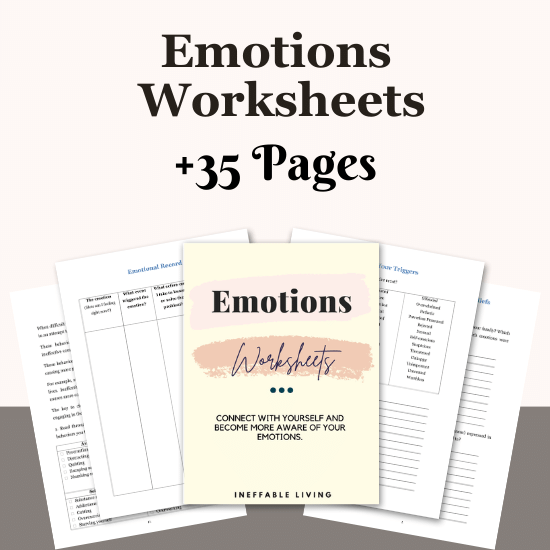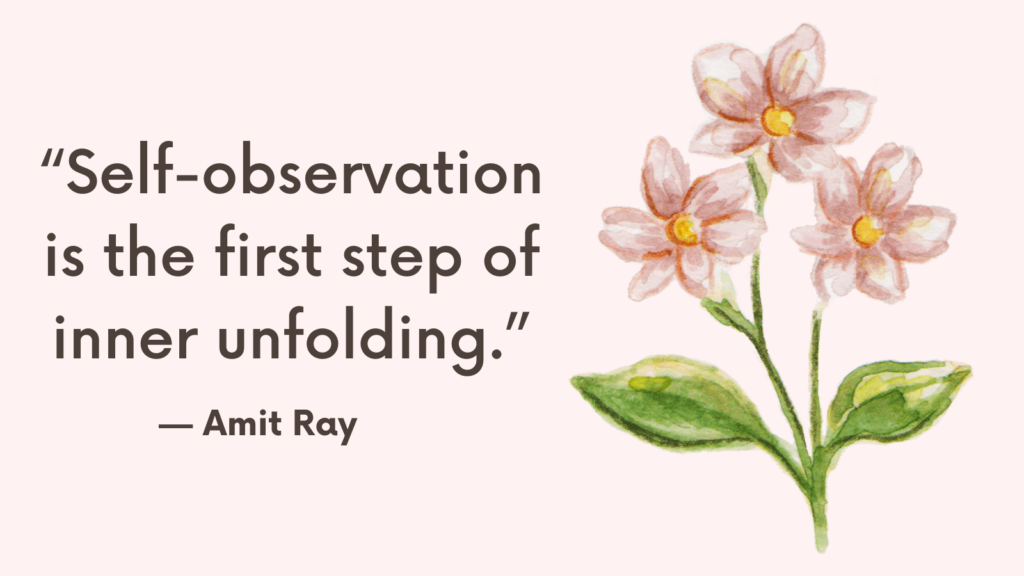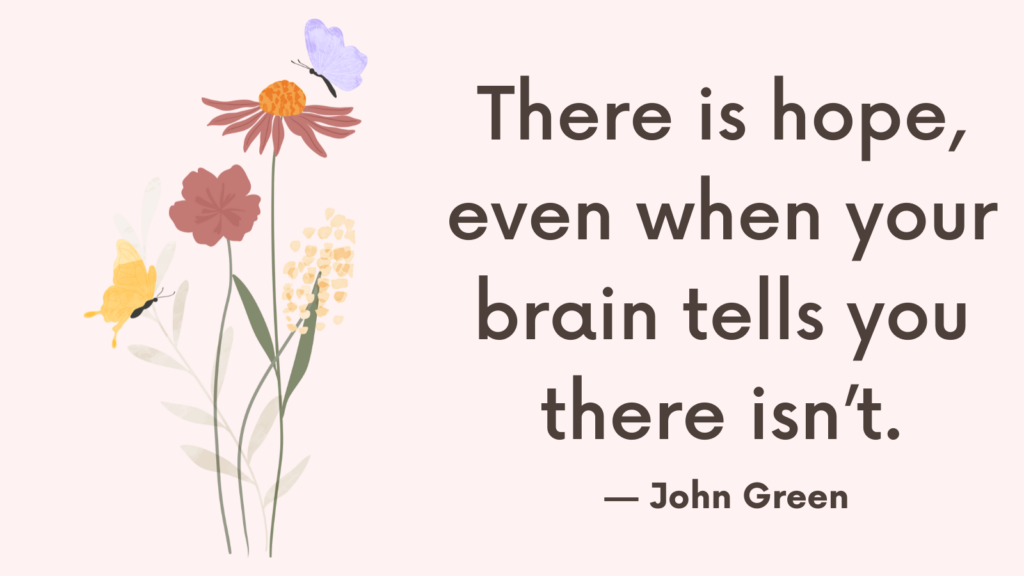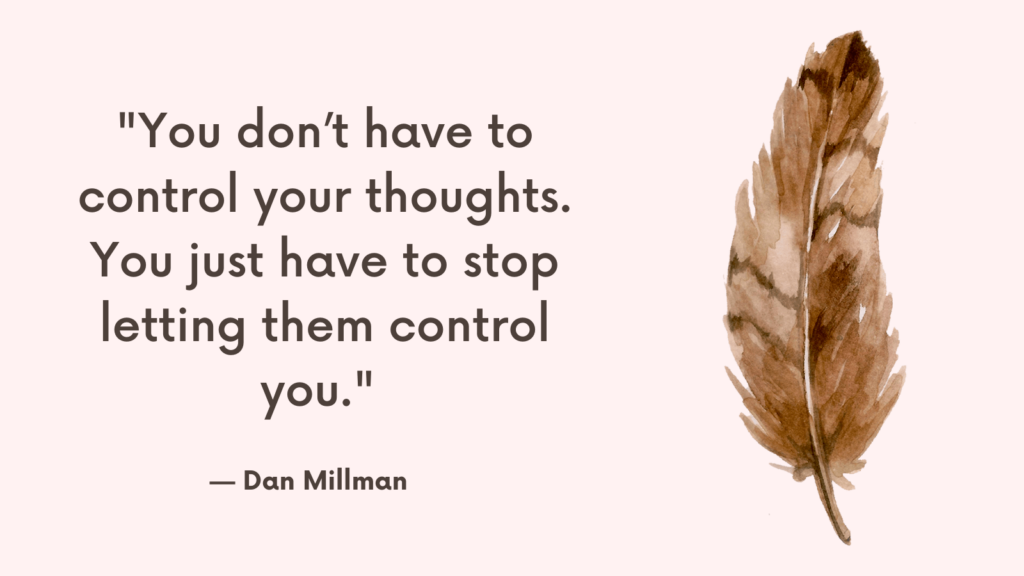Emotional intelligence is a crucial skill for navigating life’s challenges.
The first step in developing emotional intelligence is identifying what you are feeling.
This process is essential for emotional regulation, which allows you to manage your reactions and make thoughtful decisions.
In this blog post, we will explore why identifying your emotions is important and provide practical strategies to help you become more attuned to your feelings.
The Importance of Identifying Emotions
Understanding what you are feeling is different from understanding why you feel that way or knowing what to do about it.
While insight and action are important, the foundation of emotional intelligence lies in the ability to recognize and name your emotions.
When you know what you are feeling, you gain the power to choose how to respond, leading to greater peace and control in your life.
Related: How To Feel Your Feelings? Top 9 Difficult Emotions To Cope With In Healthy Ways
Why Many People Struggle to Identify Emotions
Many people struggle with identifying their emotions. This can be due to several reasons:
– Numbness or Disconnection: Some people feel emotionally numb or disconnected from their feelings.
– Lack of Emotional Vocabulary: Others may not have the words to describe their emotions.
– Intellectualizing: Some individuals try to think their way out of feelings, avoiding the emotional experience altogether.
– Confusion Between Thoughts, Feelings, and Sensations: It’s common to confuse thoughts and physical sensations with emotions.
When you cannot identify your emotions, you may feel powerless, confused, or reactive.
Learning to recognize and name your emotions is the first step toward emotional regulation and empowerment.
Related: Affective Responsibility: Examples and Ways to Cultivate It
Four Ways to Tune Into Your Emotions
Here are four practical strategies to help you tune into your emotions:
1. Get Into Your Body
Your body is the receptacle of your emotions.
Physical sensations are key to understanding what you are feeling.
To practice this, try a wall sit or a deep squat:
– Wall Sit Exercise: Find a wall, press your back into it, and bend your legs at a 90-degree angle. Hold this position.
– Deep Squat: If you don’t have a wall, perform a deep squat and hold it.
As you hold the position, close your eyes and focus on the sensations in your body.
Notice the feelings in your legs, breathing, and other parts of your body.
Describe these sensations without judgment.
This practice helps you get out of your head and into your body, which is essential for feeling your feelings.
2. Use Mindfulness Principles
Applying mindfulness principles can help you stay present with your emotions. Here are four key principles:
– Beginner’s Mind: Observe your experience as if it’s the first time you’ve ever felt it. Be curious.
– Non-Judgment: Describe your feelings without labeling them as good or bad. For example, instead of saying, “It’s terrible to feel sad,” say, “This sadness is uncomfortable.”
– Non-Striving: Allow yourself to feel your emotions without trying to change them immediately. Experience and accept your feelings as they are.
– Present-Moment Awareness: Stay in the present moment instead of escaping to the past or future. Focus on what you are feeling right now.
Related: Best 8 Mindfulness Exercises For Adults That Will Help You Regulate Your Emotions
3. Use an Emotions Chart
An emotions chart can be a helpful tool to identify and name your emotions.
This process involves shifting between physical sensations and emotional words, integrating both sides of your brain.
Here’s how to use an emotions chart:
– Find a Chart: You can Google an emotions chart or download a free one.
– Explore Words: Look through the chart for a word that fits your current emotion. Write it down and make it concrete.
Identifying your emotions using a chart helps you validate your feelings and understand them better.
4. Create a Body Map of Your Emotions
This art therapy exercise involves drawing the outline of a body and using colors, shapes, or textures to represent different emotions in different areas of your body.
Here’s how to create a body map:
– Grab Art Supplies: Get a piece of paper and art supplies like markers or crayons.
– Draw an Outline: Sketch the outline of a body on the paper.
– Represent Emotions: Use colors and shapes to depict where you feel different emotions in your body.
Creating a body map helps you visualize and process your emotions in a tangible way.
Related: The Big List of Emotions
The Benefits of Identifying Your Emotions
When you identify and validate your emotions, you acknowledge their presence and the messages they carry.
Emotions are messengers that provide valuable information about your internal state.
Recognizing and naming your emotions can reduce their intensity, as they no longer need to “shout” to get your attention.

Conclusion
Identifying your emotions is the first step toward emotional regulation and greater emotional intelligence.
By getting into your body, practicing mindfulness, using an emotions chart, and creating a body map, you can become more attuned to your feelings.
These practices help you gain control over your emotions and respond to them thoughtfully.



